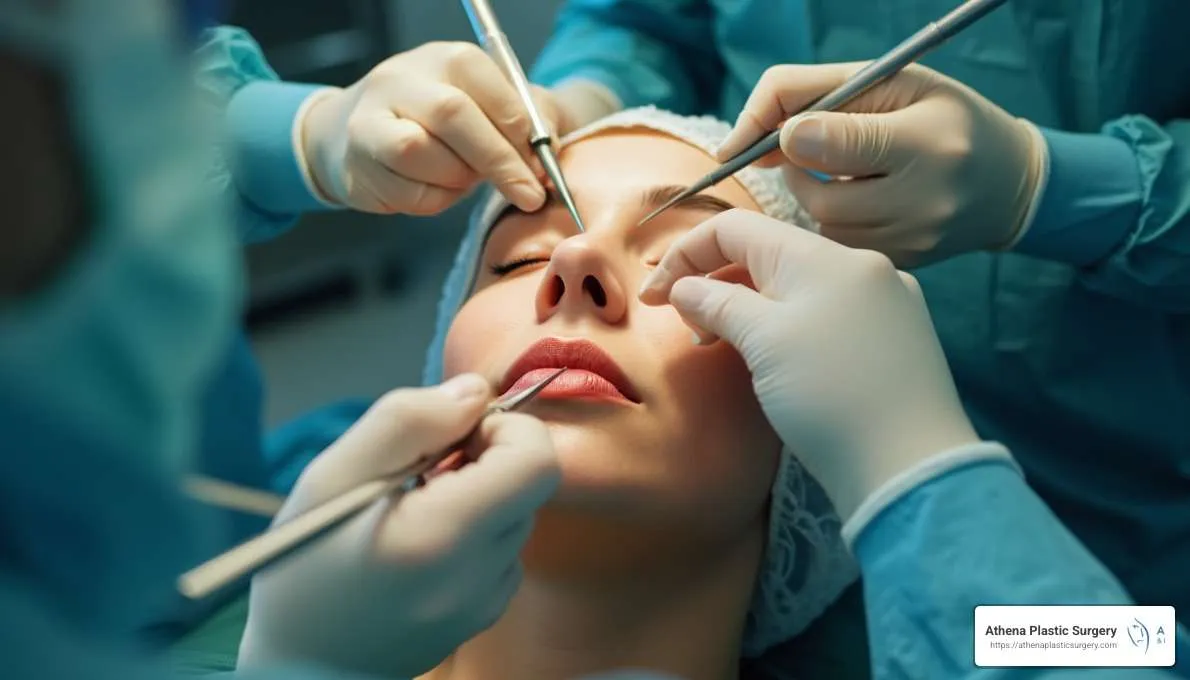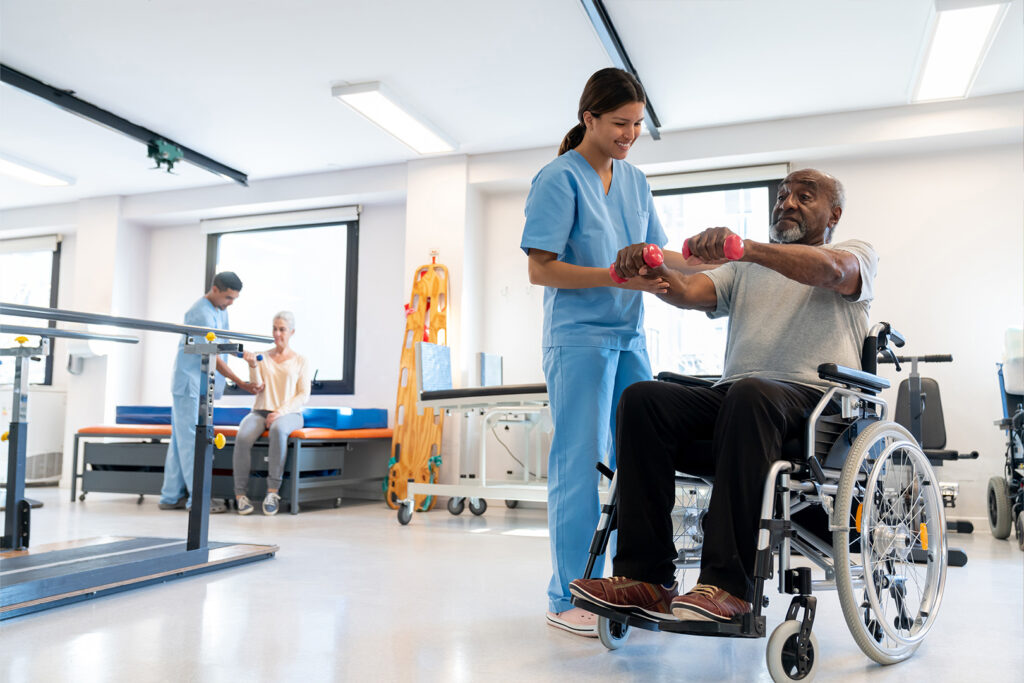When battling acne, over-the-counter products and traditional treatments may not be enough. For those seeking to minimize breakouts and enhance the condition of their skin, cosmetic dermatology provides advanced solutions. By leveraging innovative techniques, dermatology professionals can address active acne, smooth skin texture, and minimize scarring. Here you can explore several cosmetic options available for acne management and how each procedure can support your skincare goals.
Explore Your Treatment Options
Cosmetic dermatology encompasses a range of techniques designed to improve acne-prone skin. From advanced technology to resurfacing treatments, these options target both the skin’s surface and its deeper layers. By consulting with a trained dermatologist, you can determine which procedure aligns best with your unique skin issues and desired outcomes.
The proper treatment combination can result in clearer, healthier-looking skin over time. Treatment plans are tailored to address specific concerns, whether that involves active breakouts, uneven texture, or lingering scars. Each option focuses on delivering meaningful improvements without relying solely on surface-level solutions in the long term.
Reduce Acne with Technology
Technology plays a significant role in modern acne management, offering targeted solutions that address the root causes of breakouts. Common options include:
- Laser Therapy: Penetrates the skin to target acne-causing bacteria and reduce inflammation.
- Intense Pulsed Light (IPL) Therapy: Uses broad-spectrum light to address redness and bacteria beneath the skin.
- Blue Light Therapy: Delivers specific wavelengths to eliminate bacteria contributing to breakouts.
- Photodynamic Therapy (PDT): Combines a topical solution with a light source to reduce oil production and kill bacteria.
- Radiofrequency (RF) Devices: Apply controlled heat to deeper layers, supporting balanced oil production and improved texture.
These treatments are often tailored to individual needs and can be combined with topical regimens for even more enhanced results.
Smooth Skin Through Resurfacing
For individuals with uneven skin texture or persistent breakouts, resurfacing treatments can help achieve a smoother appearance. Techniques such as chemical peels and microdermabrasion are commonly used to remove damaged outer layers of skin, revealing fresh, healthier tissue beneath. Chemical peels involve the application of a controlled solution that gently exfoliates the skin, addressing both discoloration and texture irregularities. Microdermabrasion, on the other hand, employs a device to manually exfoliate the skin, reducing the visibility of minor scars and fine lines. With proper care, resurfacing treatments can enhance overall skin texture and tone.
Fade Scars, Boost Confidence
Acne scars are a common concern for individuals looking to enhance their skin’s appearance. Cosmetic dermatology offers options to reduce their visibility, including:
- Microneedling: A device with fine needles stimulates collagen production to smooth scarred areas.
- Dermal Fillers: These injectables fill in areas of volume loss caused by deep scars, creating a more even surface.
- Fractional Laser Resurfacing: Combines laser technology with precise targeting to diminish scar appearance.
Addressing acne scars not only improves skin texture but can also contribute to increased self-confidence.
Begin Your Cosmetic Dermatology Journey
Cosmetic dermatology provides numerous options for managing acne and improving skin health. By consulting with a qualified dermatologist, you can explore a range of treatments tailored to your needs. Whether your focus is reducing active acne, smoothing uneven skin, or minimizing scars, modern procedures offer effective solutions to help you achieve your skincare goals. Start your cosmetic dermatology journey and take a step toward clearer, more confident skin.





Leave a Reply